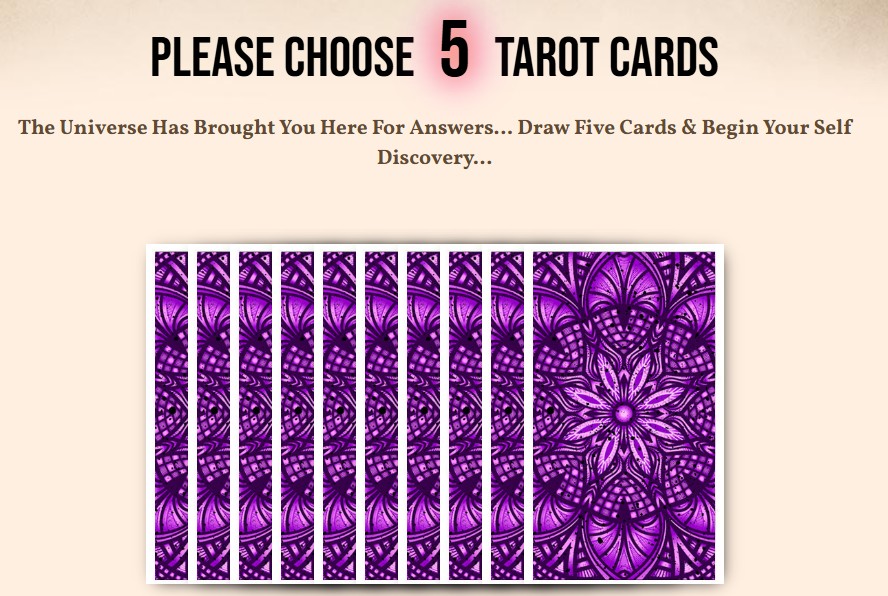Picture a cool November night, your breath faint in the air as you look up. The sky is dark and quiet, and the Moon Phase November 15, 2025 shapes how that night will feel. On this date, the moon will not be full and bold, but softer, slimmer, and a bit mysterious.
This guide explains what the moon phase will be, how it will look to your eyes, and the best time to see it. You will also learn what it means for simple things like stargazing, gardening, and spiritual or zodiac interests.
The post is short, clear, and beginner friendly. You do not need any astronomy background. Just curiosity, and maybe a warm jacket for that November night.
What Is the Moon Phase on November 15, 2025?
On November 15, 2025, the moon will be in a waning crescent phase.
Astronomy calendars place a full moon in early November and a new moon on November 19, 2025. That puts November 15 a few days before the new moon. By then, the bright round face of the full moon has faded. Only a slim slice of light remains on one side.
During a waning crescent, only a small part of the moon is lit, often around 10 to 30 percent. The bright part forms a curve, like a smile turned on its side. The rest of the moon is still there, of course, but it sits in shadow and can be hard to see.
This phase comes near the end of the lunar cycle. The cycle starts at the new moon, grows through waxing phases (more light each night), reaches the full moon, then shrinks through waning phases (less light each night). By the time we reach the waning crescent, the cycle is almost ready to reset.
In plain science terms, the sun always lights half of the moon. What we see changes because the moon orbits Earth. The angle between the sun, Earth, and moon shifts, so we see more or less of that lit half. On this date, the geometry gives us a thin crescent that is fading a little more each night.
You can think of the Moon Phase November 15, 2025 as the quiet closing scene of November’s lunar story.
How the November 15, 2025 moon will look to the naked eye
To the naked eye, the moon on November 15 will look like a slim, delicate curve of light. It may feel soft and gentle, not harsh or glaring.
The lit part will likely glow white or pale cream. Near the horizon, it may take on hints of yellow or orange because of Earth’s atmosphere. The shape will be thin, like a comma or a curved smile.
Since it is a waning crescent, it will be smaller and dimmer than a full moon. In a bright city, you will still see it, but it will not flood the streets with light. In a rural area with dark skies, the crescent will stand out against the deeper black of the night.
A waning crescent usually appears in the early morning sky. On November 15, 2025, it will likely sit low in the east before sunrise, then climb higher as dawn grows brighter. By the time the sun is well up, the moon will fade from view in the daytime sky.
Even a middle schooler could step outside, look toward the eastern sky before sunrise, and spot that graceful curve.
Where the moon sits in the November 2025 lunar cycle
To place this night in context, think of the November 2025 lunar cycle as a circle.
Early in the month, around November 5, the full moon lights the whole night. The moon is large, round, and very bright. From that point on, it begins to wane, which means the lit part shrinks a little each evening.
By November 15, ten days have passed since the full moon. The moon has moved farther along its orbit, and we see a much smaller crescent. Only a sliver of the lit half is turned toward us.
Just four days later, around November 19, the new moon will arrive. At that stage the lit side faces away from us, so the moon is nearly invisible in the sky.
So, on November 15:
- The moonlight is shrinking, not growing.
- The lunar cycle is nearing its end, just days before a new start.
This change happens because the moon keeps circling Earth, and our view of the lit side keeps shifting. No complex math needed, just a steady, repeating pattern.
Best Time and Place to See the Moon on November 15, 2025
For most people, the best time to see the waning crescent moon on November 15 will be in the early morning, before sunrise. This is when the sky is still dark enough, but the moon is above the horizon.
You do not need a telescope. Your eyes are enough. A pair of binoculars can help, but they are not required. The main thing is a clear sky and a bit of patience.

If you enjoy taking photos, this date is great for moody dawn shots. The thin crescent pairs well with silhouettes of trees, buildings, or a calm lake.
Families can turn it into a simple activity: set an early alarm, make hot chocolate, step outside, and search for that slim curve of light. The moon will not stay in the sky all day, so morning is the key window.
Viewing times, direction, and brightness for most locations
Because time zones and latitude differ, exact times will vary. Still, some general tips work for most places.
- When to look: Try the hour or two before your local sunrise. That is when a waning crescent is most likely to be visible.
- Where to look: Face the eastern part of the sky. The moon should appear low at first, then climb a bit as dawn approaches.
- How bright: The moon will be much dimmer than a full moon. It gives a gentle light, not a strong glow, and you might notice more stars around it.
A waning crescent rises after midnight and sets in the afternoon. That pattern means you will not see it much in the early evening. If you go out after dinner, the moon will either be very low or already below the horizon.
If you want precise moonrise and moonset times for your town, check a local moon phase or weather site. A quick search with your city and date should do the trick.
Simple tips for seeing and photographing the November 15 moon
You do not need fancy gear to enjoy this crescent moon. A few simple steps help a lot.
For better viewing:
- Pick a spot away from bright streetlights or store signs.
- Let your eyes adjust to the dark for 10 to 15 minutes.
- Find a clear view of the eastern horizon, without tall buildings or trees blocking your sight.
For easy phone photos:
- Steady your phone against a wall, fence, or railing to reduce blur.
- Tap the moon on your screen to help your camera focus.
- Lower the brightness slider a bit so the moon is not a white blob.
- Include something in the foreground, such as trees, rooftops, or water, to give a sense of scale and mood.
You might not capture every tiny detail, but you can still get a lovely scene.
What the Moon Phase on November 15, 2025 Means for You
The moon does more than decorate the sky. Its phase shapes light, tides, habits, and even traditions.
On November 15, the waning crescent will bring softer light and quieter energy than a bold full moon. Some people will notice this in the ocean, others in their garden, and some in their inner life.
You can use this night in whatever way fits you: science, spirit, or simple beauty.

Science uses: tides, night light, and sleep
In science, the moon affects the tides, the rise and fall of ocean water. Around the full and new moon, tides tend to be stronger, with higher highs and lower lows. During the waning crescent, those extreme tides usually start to ease, although local coasts and weather can change the details.
At night, a thin crescent gives much less natural light. Streets in rural areas will feel darker. The stars may look sharper and more plentiful, because the sky is not washed out by strong moonlight.
For sleep, some people say bright full moons make it harder to rest, since more light slips through curtains and blinds. A waning crescent is gentler. It is less likely to light up your bedroom window, so it may support a calmer, darker night.
Spiritual and zodiac meanings people may link to this moon
Many spiritual and zodiac traditions see the waning crescent as a time of release and reflection.
People who follow these ideas often treat the days before the new moon as a chance to:
- Let go of old habits or patterns.
- Journal about the past month and what they learned.
- Practice quiet rituals, such as meditation, prayer, or simple breathing exercises.
Astrology fans might view this phase as inward and low key, better for rest and review than big bold action. The focus is often on clearing space, so the next new moon feels like a fresh start.
Related: Daily Horoscope November 15, 2025 for all Zodiac Signs
You do not have to believe in astrology to enjoy this mood. A thin crescent at dawn naturally feels calm and thoughtful, like the closing chapter of a book.
Moon phase and gardening on November 15, 2025
Some gardeners like to plan tasks around the moon. While science is mixed on how much the moon affects plant growth, the pattern itself can be a helpful rhythm.
In many moon gardening traditions:
- Waxing phases (growing light) are linked with planting crops that grow above ground.
- Waning phases (shrinking light) are linked with roots, pruning, and cleanup.
Since November 15 falls in a waning crescent phase, it is often seen as a good time for:
- Light pruning or trimming, where the aim is to slow growth.
- Weeding and removing dead plants or leaves.
- Planning next season’s beds, layouts, or seed choices.
Of course, local weather and season matter much more. If your soil is frozen or your garden is deep in snow, you will not be planting anything. Use the moon as a gentle guide, not a strict rulebook.
You might simply step into your yard, look at that thin crescent, and decide to tidy one small corner.
Conclusion
On November 15, 2025, the night sky will hold a soft, waning crescent moon. You now know what the phase is, how it will look, and the best time to see it in the quiet hours before sunrise. You have a few ideas for using that night, from stargazing and phone photos to gardening plans and gentle reflection.
The Moon Phase November 15, 2025 will not be loud or bright. It will be subtle, like a whisper in the sky. When that date arrives, try stepping outside, facing the east, and looking up. Let the thin curve of light shape the mood of the night, even if only for a few quiet minutes.



Leave a Reply